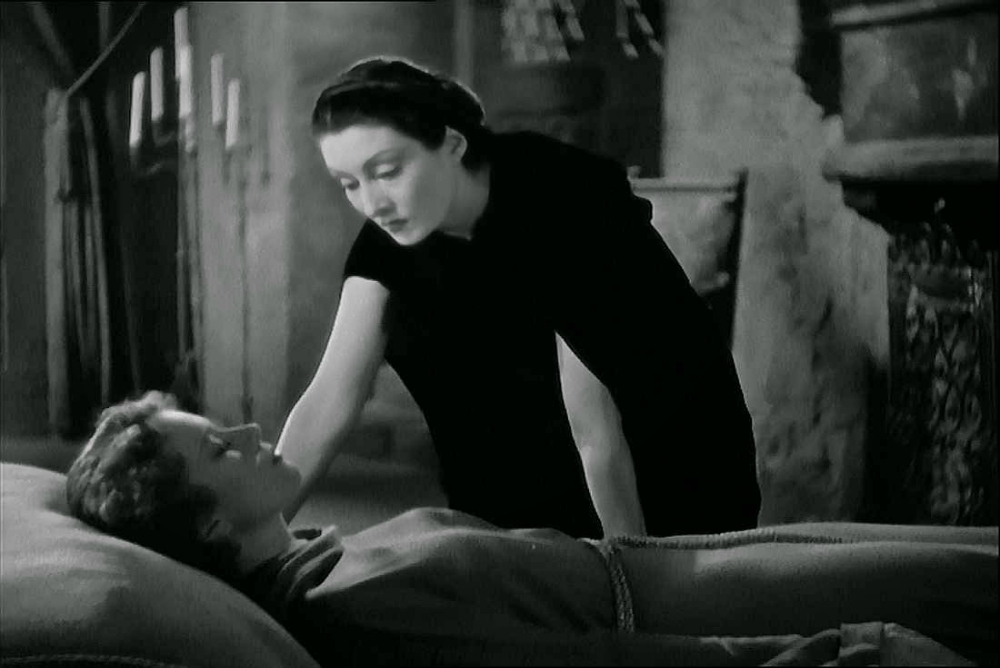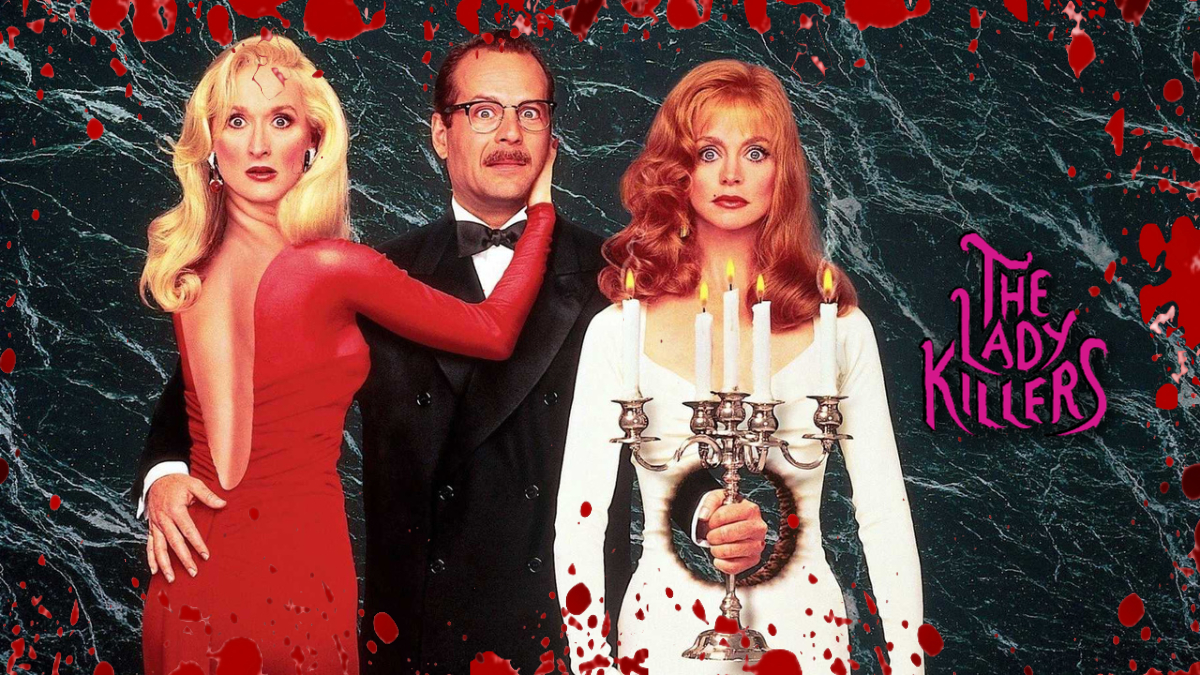Podcasts
The Reluctant Queer at the Center of ‘Dracula’s Daughter’ [Horror Queers Podcast]

Dracula’s Daughter Said ACAB.
After getting anxious with the frightening apparition in It Follows, we got campy with the much-maligned late franchise entry Freddy’s Dead: The Final Nightmare. After that we toured the streets of Los Angeles in David Lynch’s masterpiece Mulholland Drive, but now we’re going all the way back to the ’30s to check in with Countess Zaleska in Lambert Hillyer‘s queer horror classic Dracula’s Daughter!
Immediately after Count Dracula was destroyed by Van Helsing (Edward Van Sloan), Dracula’s Daughter sees the Countess Marya Zaleska (Gloria Holden) still alive — and her father’s death has brought her no closer to eradicating her vampiric thirst for blood. When attempts to free herself of the disease fail, she turns to psychiatrist Dr. Garth (Otto Kruger) for assistance, but soon finds herself struggling with the desire to make him one of the undead as well.
Be sure to subscribe to the podcast to get a new episode every Wednesday. You can subscribe on iTunes/Apple Podcasts, Stitcher, Spotify, iHeartRadio, SoundCloud, TuneIn, Amazon Music, Acast, Google Podcasts, and RSS.
Episode 145 – Dracula’s Daughter (1936)
Check your zoos for elephants that are seeing pink men because we’re discussing the 1936 film (and direct sequel to 1931’s Dracula) Dracula’s Daughter! And boy do we have some things to say about the hetero nonsense in this movie.
First, we’ll spill the tea on the film’s dramatic road to production, complete with cameos from super-producer David O. Selznick, queer director James Whale and everyone’s favorite Production Code Administration head: Joseph Breen!
Then we’ll dive into all things queer in this underseen classic, including a third act whose sole purpose is to make the straights happy. But hey, it’s not like director Lambert Hillyer didn’t fit as much queerness in the film as possible (it’s not even subtext, y’all).
Plus: an X-rated bow tie metaphor, personal space, Hedda Hopper(?!) and more analysis from everyone’s favorite queer horror theorist: Harry M. Benshoff!
Cross out Dracula’s Daughter!
Coming up on Wednesday: We’re kicking off Halloween season with a celebration of the bare butts of Steve Zahn and Paul Walker in Joy Ride on its 20th anniversary.
P.S. Subscribe to our Patreon for tons of additional content! This month, we’ll have episodes on Slasher: Flesh & Blood, Netflix’s Midnight Mass, the new Paranormal Activity and Halloween Kills. And to celebrate the release of the new Chucky series, we’ll be doing an audio commentary on Child’s Play 2!

Podcasts
‘Death Becomes Her’ and the Horror of Aging [The Lady Killers Podcast]

“This is life’s ultimate cruelty. It offers us a taste of youth and vitality, and then it makes us witness our own decay.”
Is there anything more terrifying than the relentless passage of time? It’s a bitter truth that just when we’ve become accustomed to our bodies, the sands of time turn and we’re forced to watch them slowly break down in a cruel march towards inevitable death. But what if there were a way to stop the aging process – a potion that would return us to our peak physical condition and hold us there until the end of time? Would we take it? And would we eventually find that the blessing of perpetual life is actually a curse? No film explores this dilemma quite like Death Becomes Her. Robert Zemeckis’ 1992 horror comedy pits two showstopping divas against each other for a single spotlight while asking what they would do for eternal youth – and what will be the hidden cost?
Madeline (Meryl Streep) and Helen (Goldie Hawn) are old frenemies with a history of vicious competition. Madeline seems to have won the most recent battle and married Helen’s fiance Ernest (Bruce Willis), but decades later, their marriage is on the rocks and Madeline’s once thriving career is now a thing of the past. When Helen returns with a stunning new look, Madeline turns to unorthodox methods to maintain her feminine dominance. She drinks a potion designed to give her eternal youth, but returns home to find her life turned upside down by her downtrodden husband and jealous “friend.” Having both taken the potion, “Mad” and “Hel” engage in a bitter fight to the death over years of petty snipes and the right to claim the title of Most Desirable Woman.
In their latest episode, The Lady Killers dissect these two glamorous killers and the hidden social commentary in Zemeckis’ iconic film. Co-hosts Jenn Adams, Mae Shults, Rocco T. Thompson, and Sammie Kuykendall dish over their own fears of aging, choose their favorite diva, and decide whether they would take the potion should they ever find themselves in Lisle’s (Isabella Rossellini) lavish home. How does the film hit differently when watching as an adult? Could Madeline, Helen, and Ernest ever make a polycule work? Is Lisle a hero or a villain and how does she keep that gorgeous necklace in place? They’ll wrestle with these questions and more in a podcasting shovel battle to the death on this unique horror comedy and one of the most glamorous casts of all time.
Stream below and subscribe now via Apple Podcasts and Spotify for future episodes that drop every Thursday.












